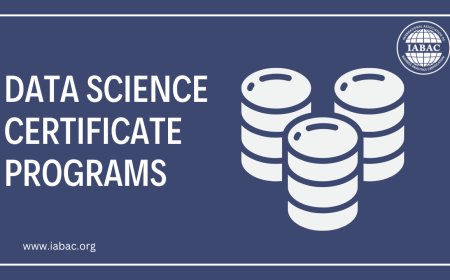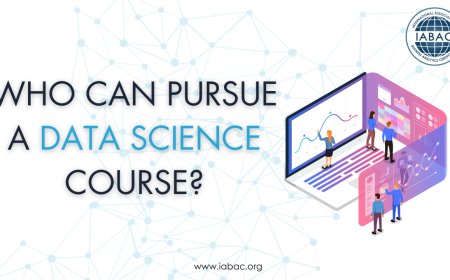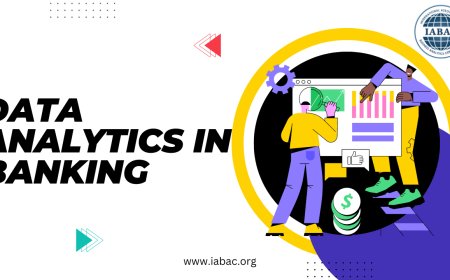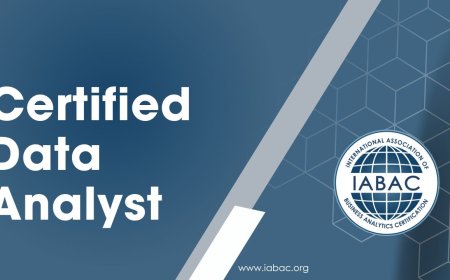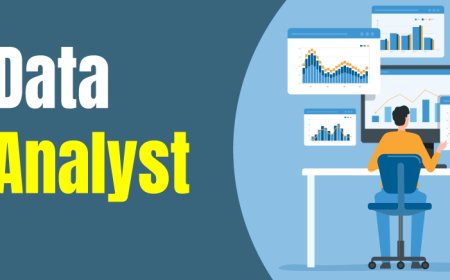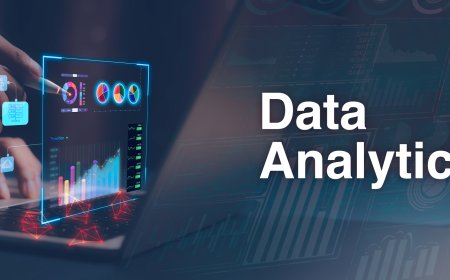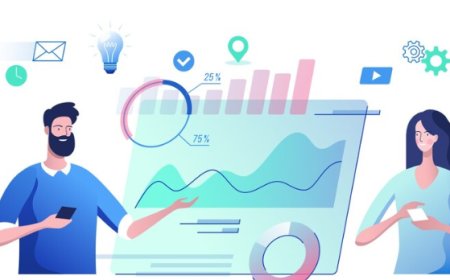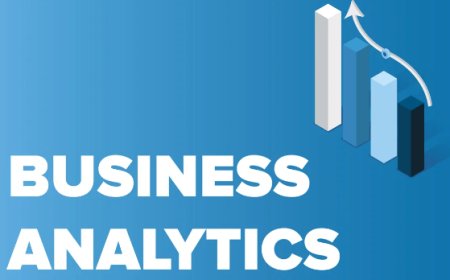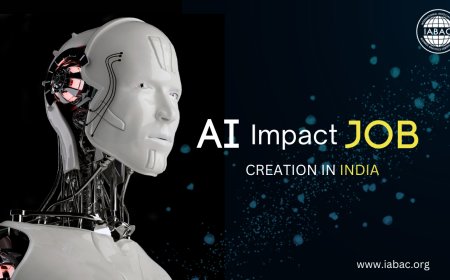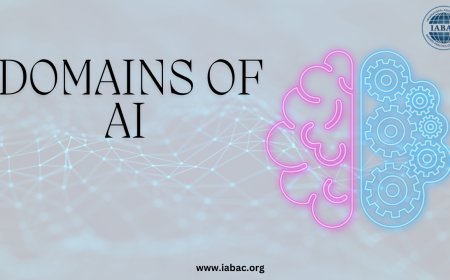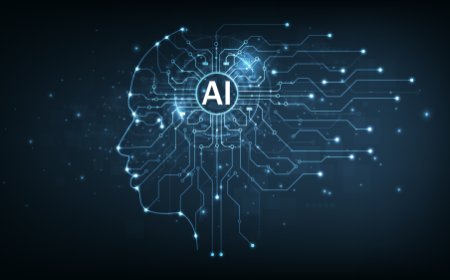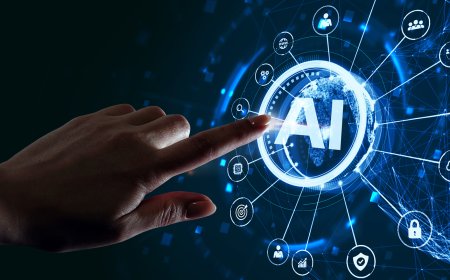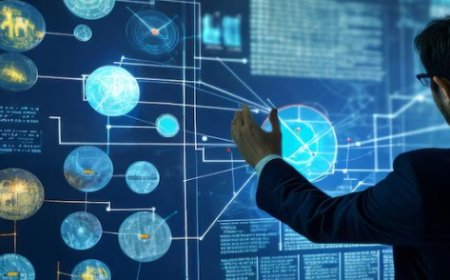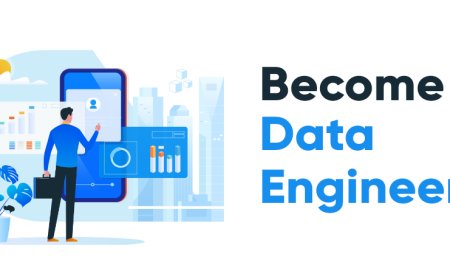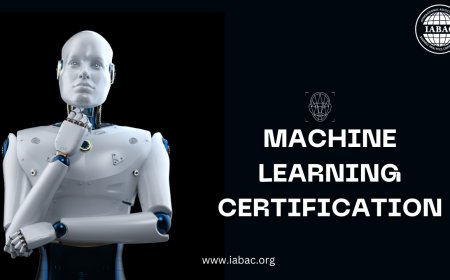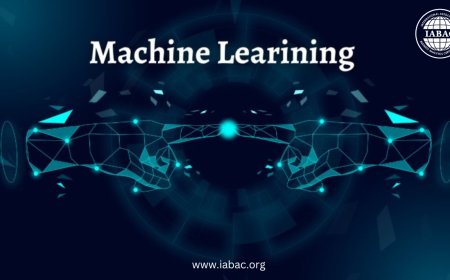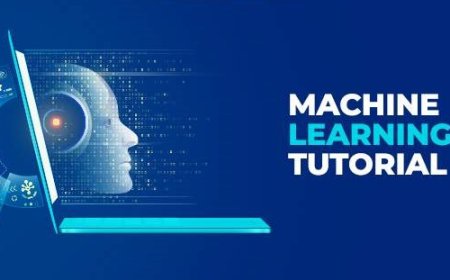Essential Skills for Data Scientists
Explore the essential skills for data scientists in our comprehensive guide. Discover the key competencies needed to thrive in this data-driven profession.
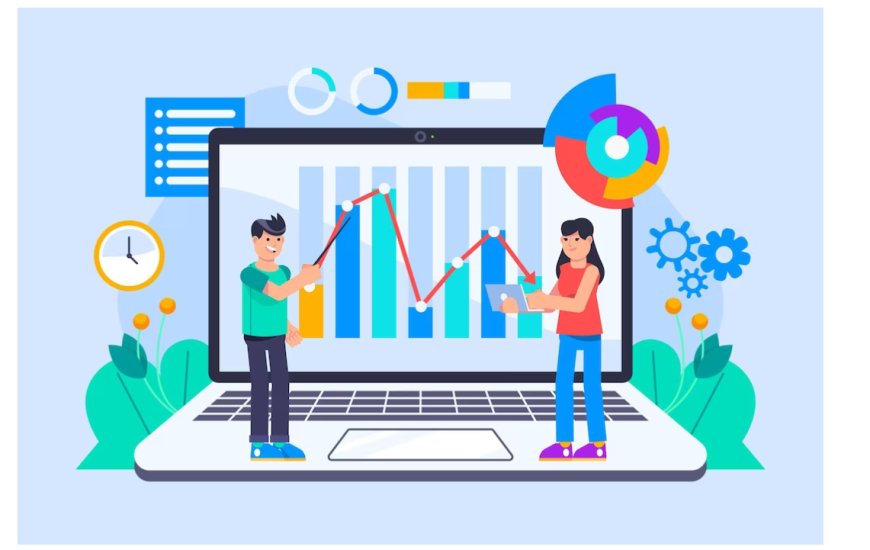
Data science is a rapidly evolving field that combines domain expertise, programming skills, and statistical knowledge to extract meaningful insights and predictions from data. Whether you're a seasoned data scientist or just starting your journey, certain essential skills are crucial for success in this dynamic field.
Statistical Analysis and Mathematics
Statistical analysis and mathematics serve as the foundation upon which the entire field of data science is built. These skills are the bedrock that allows data scientists to make sense of data, draw meaningful conclusions, and create predictive models. Statistical analysis involves a systematic approach to understanding data, including concepts like probability, sampling, and hypothesis testing. It allows data scientists to quantify uncertainty, assess the validity of their findings, and make data-driven decisions with confidence.
Mathematics, particularly concepts from linear algebra and calculus, plays a crucial role in data science. Linear algebra is essential for understanding and manipulating multidimensional data structures, which are common in machine learning. Calculus provides the mathematical framework for optimizing algorithms and models, helping data scientists find the best solutions to complex problems.
In practice, data scientists use statistical techniques to identify patterns and relationships within data, whether it's exploring the distribution of variables, measuring the strength of correlations, or conducting hypothesis tests to validate assumptions. This skill is particularly important when dealing with uncertainty and making predictions based on historical data.
Programming Languages
-
Python and R: Python and R are the most popular programming languages in data science due to their extensive libraries and community support.
-
Python's Versatility: Python is favored for its versatility, as it can be used for data analysis, machine learning, web development, and more.
-
R for Statistics: R is particularly strong in statistical analysis and data visualization, making it a top choice for statisticians and data analysts.
-
SQL for Database Querying: Understanding SQL (Structured Query Language) is essential for data scientists to extract and manipulate data from relational databases.
-
Data Manipulation Libraries: Data scientists often use libraries like Pandas (Python) and dplyr (R) for data wrangling and manipulation.
-
Machine Learning Libraries: Python sci-kit-learn, TensorFlow, and PyTorch, along with R's caret and xgboost, are popular libraries for building machine learning models.
-
Community and Resources: Both Python and R have vibrant communities, extensive documentation, and online resources, making it easier to learn and troubleshoot.
-
Integration with Data Tools: These languages integrate seamlessly with data visualization tools like Matplotlib, Seaborn, and ggplot2 for creating compelling data visualizations.
-
Web Development (Python): Python's web frameworks like Django and Flask are used in building data-driven web applications and dashboards.
Data Wrangling
Data wrangling, often referred to as data munging or data preprocessing, is a fundamental and critical step in the data science pipeline. It involves the process of cleaning, transforming, and reshaping raw data into a more structured and suitable format for analysis. Think of it as preparing the data for its journey through the analytics pipeline; without proper wrangling, data can be messy, incomplete, and challenging to work with.
Cleaning is the first step in data wrangling. This involves identifying and dealing with missing values, outliers, and inconsistencies in the data. Cleaning ensures that the data is accurate and free from errors that could skew analysis or modeling results. Techniques such as imputation (filling in missing values) and outlier detection are commonly used during this phase.
Transformation is the next stage, where data is converted into a format that is more amenable to analysis. This may include standardizing units of measurement, scaling variables, or encoding categorical data into numerical values. Transformation also involves creating new features or aggregating existing ones to extract more meaningful information from the data.
Reshaping involves organizing the data into a structure that suits the analysis or modeling task at hand. For example, data may need to be pivoted, aggregated, or joined with other datasets to answer specific questions or create input features for machine learning models. Reshaping ensures that the data is in a format that can be readily fed into statistical models or algorithms.
Data Visualization
Data Visualization is a powerful tool in the data scientist's toolkit, serving as a means to transform raw data into visually comprehensible forms such as charts, graphs, and interactive dashboards. Its primary purpose is to convey complex information and patterns in data more effectively than raw numbers or text. By presenting data visually, data visualization aids in understanding, analysis, and decision-making, making it an essential aspect of data science and analytics.
Through data visualization, large datasets can be distilled into intuitive, informative representations that allow viewers to quickly grasp trends, anomalies, and relationships within the data. These visualizations help data scientists and non-technical stakeholders alike to make data-driven decisions, identify areas for improvement, and communicate findings effectively.
There are various types of data visualizations, each suited to specific data and objectives. Common examples include bar charts for comparing categories, line charts for tracking trends over time, scatter plots for examining relationships between variables, and heatmaps for highlighting patterns in multidimensional data. The choice of visualization depends on the nature of the data and the insights one aims to extract.
In the age of big data, data visualization plays an essential role in making data accessible and actionable. Interactive visualizations, often created using tools like Tableau, Power BI, or custom JavaScript libraries, enable users to explore data dynamically, filter specific data points, and gain deeper insights.
Big Data Technologies
Big data technologies refer to a set of tools, frameworks, and platforms designed to handle, store, process, and analyze massive volumes of data that exceed the capabilities of traditional data processing systems. The term "big data" encompasses not only the sheer volume of data but also the variety and velocity at which data is generated, making it challenging to manage and extract meaningful insights using conventional methods.
One fundamental component of big data technologies is distributed computing. To handle the immense data volumes, these technologies leverage clusters of interconnected computers or servers, distributing the workload and data across multiple nodes. This parallel processing approach allows for faster data processing and analysis, making it feasible to work with large datasets efficiently.
Hadoop, an open-source framework, is a cornerstone of big data technologies. It provides a distributed file system (Hadoop Distributed File System or HDFS) and a programming model (MapReduce) that enables the storage and processing of massive datasets across a cluster of machines. Hadoop has revolutionized the way organizations store and analyze data, enabling them to extract valuable insights from vast amounts of information.
Problem-solving and Critical Thinking
Problem-Solving
-
Identifying the Problem: The first step in problem-solving is recognizing and defining the problem clearly. This often requires a deep understanding of the issue, including its scope and underlying causes.
-
Gathering Information: Once the problem is defined, you need to collect relevant data and information. This may involve research, data analysis, or consultation with experts.
-
Generating Possible Solutions: Brainstorming and coming up with multiple potential solutions is a critical part of the process. Creativity and open-mindedness are essential at this stage.
-
Evaluating Options: After generating possible solutions, you need to assess the pros and cons of each. This evaluation considers factors like feasibility, effectiveness, and ethical considerations.
-
Selecting the Best Solution: Based on your evaluation, you choose the solution that seems most suitable. This choice should align with your goals and the desired outcomes.
Critical Thinking
-
Analysis: Critical thinkers examine information and arguments carefully, breaking them down into their constituent parts to understand their structure and significance.
-
Evaluation: They assess the quality, validity, and relevance of information and arguments. This involves questioning assumptions, biases, and the credibility of sources.
-
Inference: Critical thinkers draw logical and reasonable conclusions from the information and evidence available. They avoid making hasty judgments or accepting claims without evidence.
-
Problem-solving: Critical thinking is closely linked to problem-solving. It helps individuals approach problems in a systematic and analytical manner, considering multiple angles and potential solutions.
-
Decision-Making: In decision-making, critical thinkers weigh the pros and cons, anticipate potential consequences, and make informed choices based on evidence and reason.
Ethical Considerations
In the realm of data science, ethical considerations hold paramount importance. Data scientists often deal with sensitive and personal information, and their work can have profound consequences on individuals, communities, and society as a whole. Here are some key points to consider when discussing ethical considerations in data science:
Data Privacy: Respecting individuals' privacy is a fundamental ethical principle. Data scientists must be diligent in protecting and anonymizing personal data to prevent its misuse. This includes adhering to laws like the General Data Protection Regulation (GDPR) and the Health Insurance Portability and Accountability Act (HIPAA), which govern the handling of personal data in various contexts.
Bias and Fairness: Bias in data, algorithms, or models can perpetuate discrimination and social inequalities. Ethical data scientists actively work to identify and mitigate bias in their data and models, striving for fairness and impartiality. They understand that algorithms can inherit biases present in historical data and take steps to rectify these issues.
Informed Consent: Data collection should always involve informed consent from individuals whenever possible. This means individuals should be aware of how their data will be used and have the option to opt-out if they choose. Transparent and easily understandable privacy policies are essential to ensure that individuals are well-informed about data practices.
Transparency: Ethical data scientists are transparent about their methods and findings. They document their processes, choices, and assumptions, allowing for external scrutiny and validation. Transparency builds trust with stakeholders and helps ensure accountability.
Data science is a multidisciplinary field that demands a diverse skill set. From technical expertise in statistics, programming, and machine learning to soft skills like communication and critical thinking, data scientists need to continually develop and refine their abilities. By mastering these essential skills, data scientists can unlock the full potential of data to drive innovation and solve complex problems in various industries.



